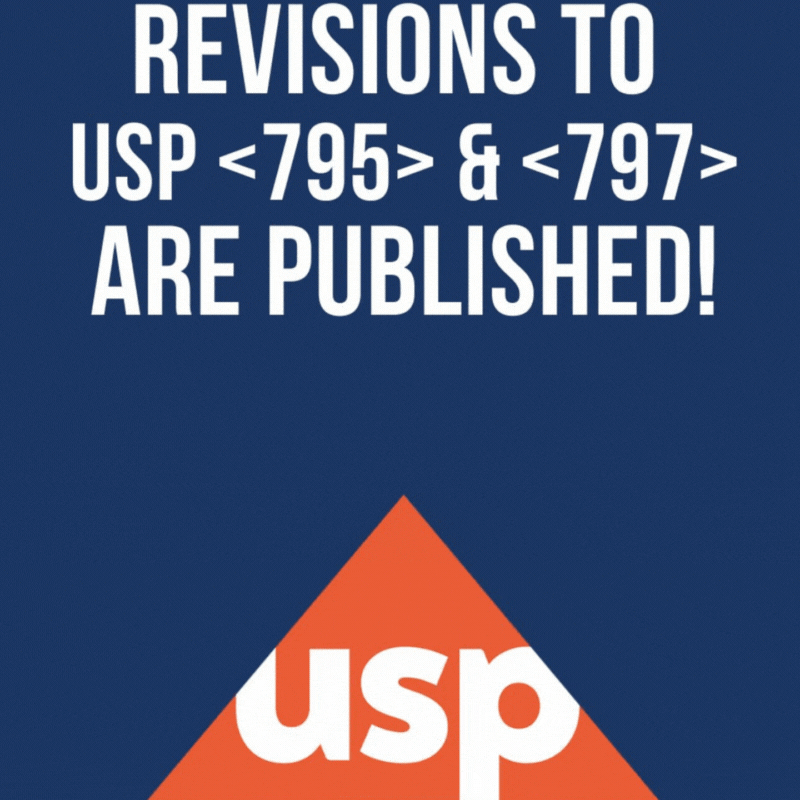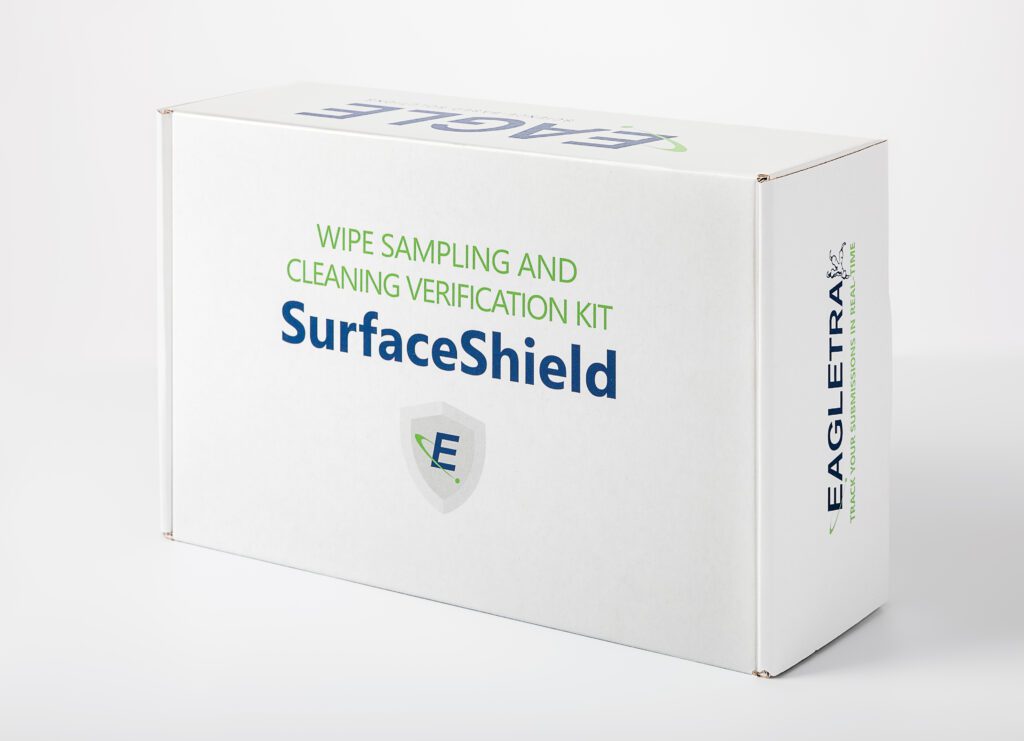What It Means When Your Sample is Out-Of-Specification
When sending samples for testing at third-party facilities, most clients want to ensure that results are both accurate and provided in a timely manner. This article intends to summarize the Out-of-Specification process.
Thank you for reading this post, don't forget to subscribe!What Does OOS Mean?
Out-of-Specification (OOS) means that the test results for your sample do not meet the accepted established criteria. These criteria may be set by either an official compendia, by your organization, or by the testing laboratory. For example, at Eagle, the range for potency testing is set between 90%-110% of the labeled concentration, with the exception of HCG, which is from 85% to 125%.
In the case that your sample is considered an OOS, an investigation must be conducted. Unfortunately, the final report will be delayed and there may be a chance that the batch you were waiting to release will need to be rejected. However, you would much rather ensure the problem is identified, resolved, and learned from, rather than having it reoccur and cause greater consequences in future.
The Investigation
Now that your sample has been labeled as OOS, an investigation is initiated to attempt to determine the cause. Every testing facility has its own system of handling OOS results. At Eagle, we follow the FDA’s guidance for industry entitled “Investigating Out-of-Specification (OOS) Test Results for Pharmaceutical Production.” Essentially, the investigation is structured into two parts: Phase I and Phase II, the purpose being to determine if the OOS result is due to a laboratory error or to a compounding or production error.
Phase I – Laboratory Investigation
In the first phase of the OOS investigation the laboratory will assess the initial data and determine if it was accurate. Did the analyst who tested the sample make any errors in the testing process? Were there any malfunctions with the testing instruments? Basically, this part of the investigation serves to eliminate laboratory, equipment, and analyst error from the list of potential root causes of the OOS result.
- If the laboratory determines that a laboratory error may have occurred, your sample may be re-tested.
- If your sample is re-tested, a different analyst will perform the new test in order to rule out analyst error
- If the laboratory investigation identifies a source of laboratory error in the initial test, the initial test results are invalidated, and the retest results are reported
- If no clear laboratory error is identified, re-testing will not be performed.
- If no testing error is found from the lab, and test results appear to be accurate, we move on to the second phase of the investigation.
Phase II – Full-Scale Investigation at Compounding Facility
The goal of Phase II of an OOS investigation is to identify the root cause of the OOS results so that proper corrective and preventive action can be taken. Within this phase, a review of the production may occur. Was there an inadequate amount of raw material used? Was there some sort of variation during the manufacturing process? Was the product formulation lacking robustness?
As mentioned before, every testing facility will have its own system for handling an OOS result. In the FDA guidance, Phase I is the laboratory investigation, and Phase II is the full-scale investigation at the compounding facility. At Eagle, Phase I involves reviewing the test results and data to identify any laboratory errors. If there are none, we can presume the results are valid and the client has the option to investigate on their site.
If laboratory errors are found, Eagle initiates a Phase II investigation, which also typically involves re-testing the sample.
Conclusion
In summary, when results are not meeting the preestablished criteria, an investigation must take place in order to determine the root cause. With so many factors, every investigation must be thorough, unbiased, scientifically sound, and well-documented.
At Eagle, we’re careful about employing best practices in executing every test, and you can rest assured that your samples are being handled with utmost care. We hope that this article helps shed light on the OOS process, and if you have any questions contact us and we’ll be happy to assist you further and provide more information.
Related Articles, In-Person Events, & Educational Resources
- 🔺USP PUBLISHED REVISIONS – WHAT CHANGED?
- The Who, What, Where & Whys of the SurfaceShield Wipe Sampling and Cleaning Verification Kit (Product Information Page)
- Environmental Monitoring (Article)
- Proper Environmental Surface Sampling with Agar Plates (Video)
- Consulting Services & Compliance Solutions (Services)
Who We Are
Eagle consultants and scientists are helping compounding facilities implement successful quality systems. Our team has over 200 years of combined experience in the FDA-regulated pharmaceutical industry and can provide guidance in establishing the systems and processes that will help facilities producing compounded medications meet and exceed regulatory expectations. Follow the link below to learn more about our consulting services.
- Eagle New Year Party & Eagle Employee Of The Year Award Ceremony, 01/13 - March 11, 2024
- HRT Functional Medicine Symposium, 02/15 – 02/17 - March 11, 2024
- APhA, 03/22 – 03/25 - March 11, 2024




